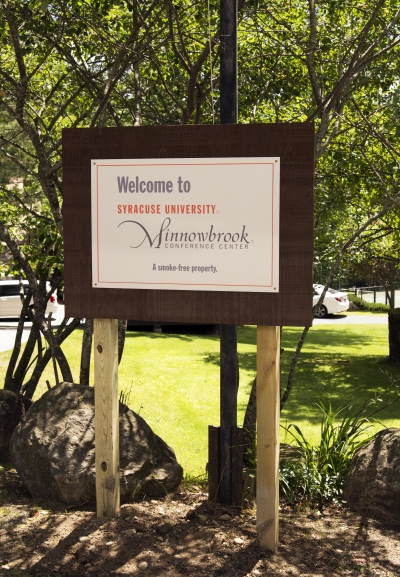O artigo analisa experiências brasileiras sobre o uso de TI para governança local, especialmente no Orçamento Participativo Digital, nos anos 2000. Uma visão geral dessas experiências é apresentada, permitindo uma maior compreensão das abordagens do Orçamento Participativo e as formas como a Internet pode apoiá-lo. Três casos distintos são explorados em mais detalhes: o municípios de Ipatinga e Belo Horizonte, ambos no estado de Minas Gerais e Porto Alegre, no Rio Grande do Sul.

Este artigo foi elaborado como parte da pesquisa “Using IT for collaborative local governance – Latin American Perspectives”, promovido pela LogoLink – Learning Initiative on Participation and Governance, uma rede internacional de pesquisa sobre participação e governança local, apoiada pela Ford Foundation e pelo Instituto Pólis.
Foi apresentado no evento Minnowbrook III Conference: The Future of Public Administration, Public Management and Public Service around the World, Lake Placid, NY, 2008. As conferências Minnowbrook são realizadas uma vez a cada vinte anos, e são um dos principais eventos sobre Administração Pública nos EUA.
Clique aqui para ler o artigo.
Referência:
Vaz, José Carlos. Using the Internet for collaborative local governance: the Digital Participatory Budget in Brazil. Minnowbrook III Conference: The Future of Public Administration, Public Management
and Public Service around the World, Lake Placid, NY, 2008.